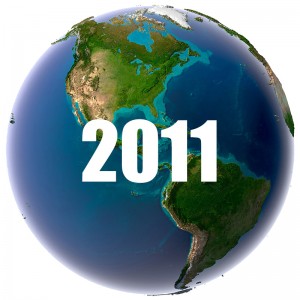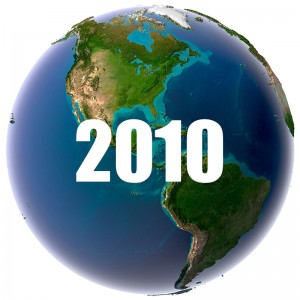The world population in 2011 was 6,916,178,298. This population account is based off of calculations made using historical population data, birth rates, and mortality rates.
Scroll over the interactive map we have provided to see all the different continent populations across the globe. Click on Africa, Australia, North America, South America, Asia, Europe, or Australia to learn more about the specific continental region or use one of the links in the list below to explore further.
World Population’s Impact on the Environment
The world’s population is ever changing due to new births and tragic deaths. The environment also plays a key factor in the world’s ecosystem. As the population increase, the world’s net consumption of resources increases. More people means more food. As the human race continues to add to it’s numbers it increases the burden to feed itself. Each year estimates of our future world population continually adjust upwards which will only continue to limit the number of resources available for future generations.
Interactive World Population by Continent Map




